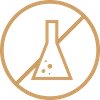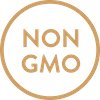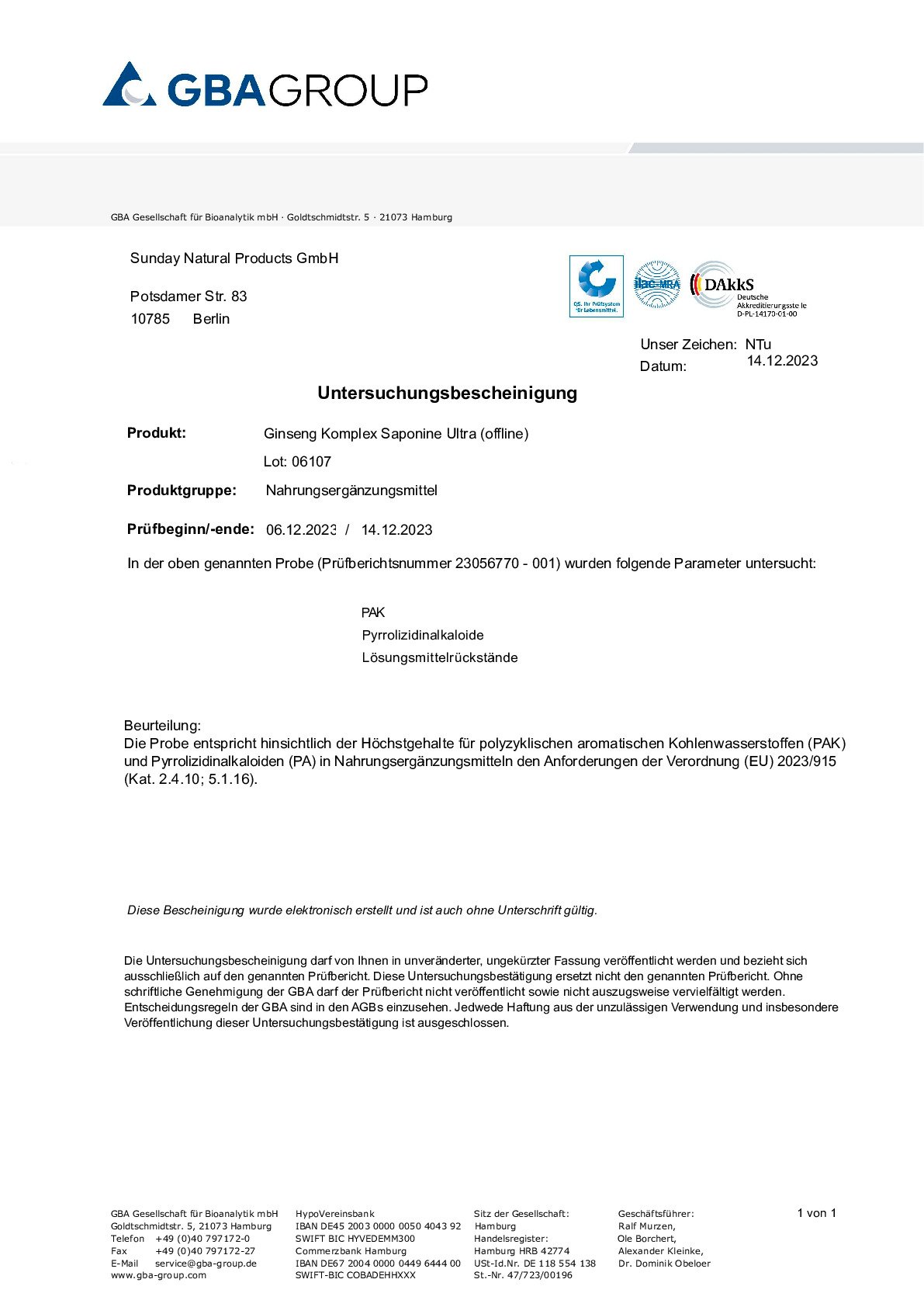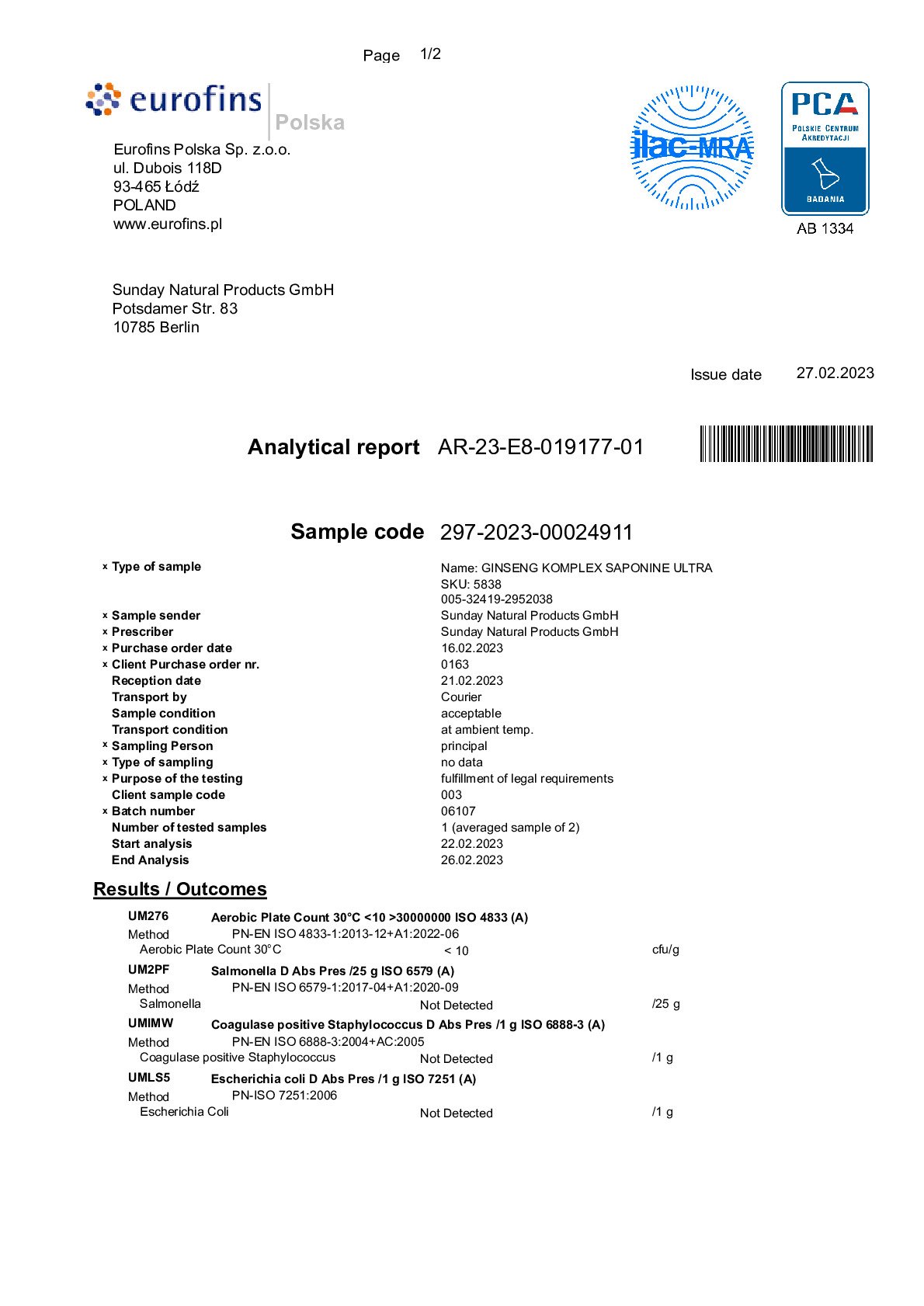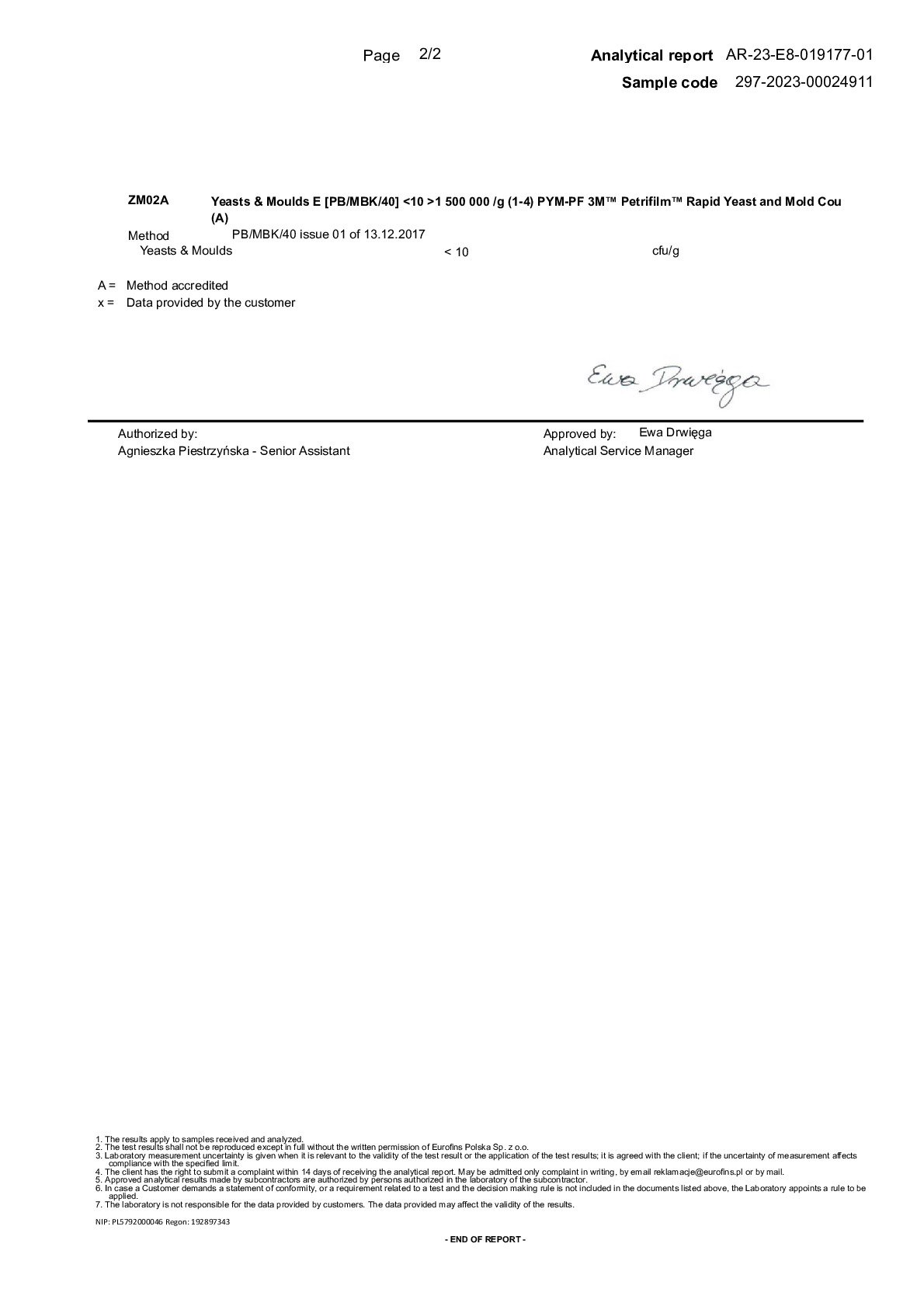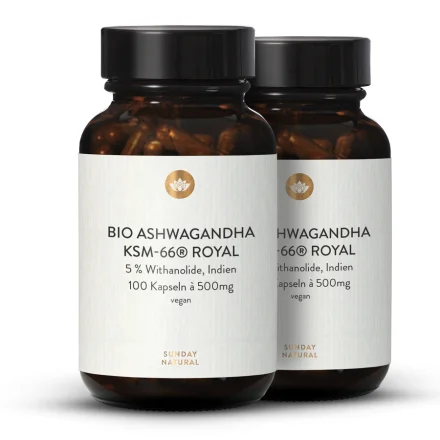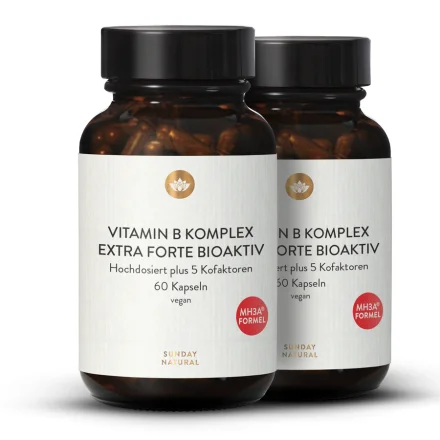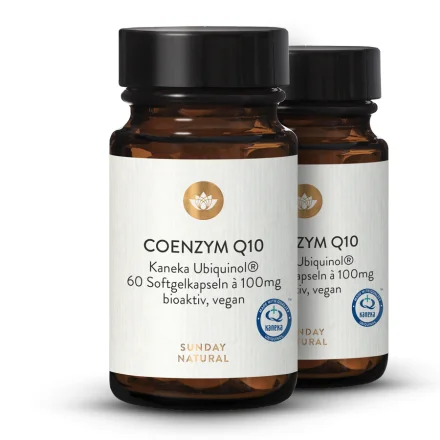Our Ultra Saponins complex is composed of a unique combination of highly potent triterpenoid saponins from genuine white and red ginseng roots, Siberian ginseng, American ginseng and jiaogulan. The individual ingredients complement each other and benefit from an optimised bioavailability through the polysaccharides and triterpenoids contained in the functional mushroom extract of reishi.
White Panax Ginseng
White ginseng (Panax ginseng C.A. Meyer) originally comes from north-eastern China and Korea. In its countries of origin, the plant has been highly valued for centuries and is also called the power root within the Chinese tradition. The roots of ginseng, which have developed over the years, are mainly used. These contain a particularly large number of special saponins, also known as ginsenosides, which can be further differentiated on the basis of their chemical structure: e.g. the ginsenosides Rg1, Rb1 and Rg3. Today, the plant can hardly be found growing wild and is mainly cultivated. The ginsenoside content is largely dependent on factors such as growth period, soil quality, climatic conditions and altitude.
Red Ginseng
Red and white ginseng both come from the same plant: Panax ginseng C.A. Meyer. The difference between the two lies in the processing methods following harvest. To preserve the valuable ingredients, the roots of Panax are treated with steam. In the process, the root turns red and becomes more resistant, and other active substances are produced, such as maltol. This process is also known as the Maillard reaction.
Fermented Red Ginseng
The red ginseng can be further processed through the special fermentation process using valuable enzymes, vitamin C and bifidobacteria. Among other things, the highly active ginsenoside compound K is produced. In addition, the fermentation process facilitates the breakdown of the ginsenosides contained in the roots.
Siberian Ginseng (Eleutherococcus senticosus)
Siberian ginseng (Eleutherococcus senticosus or Hedera senticosa), also known as taiga root, the devil's bush or prickly panax, belongs to the Araliaceae family and is extremely valued in Chinese tradition. This thorny shrub is native to eastern Russia, China, Japan and Korea. While the leaves of the plant can be prepared as a tea, the root is rich in the constituents specific to this plant, the eleutherosides, which are mainly triterpene saponins and phenylpropanoids.
American Ginseng
Originating in North America and Canada, American ginseng (Panax ginseng quinquefolius) is the closest relative of the true Korean or Chinese Panax ginseng. American ginseng belongs to the ivy plant family and was given its name because of the similarity of its ingredients to the true Panax. American ginseng contains a large number of special triterpene saponins called ginsenosides.
Jiaogulan
The jiaogulan is known by many names, although "immortality herb" is one of its more common names in Europe. This name is directly taken from the Chinese 仙草 Xian Cao, which means herb of immortality. But also the names "southern ginseng" or "woman's ginseng" are attributed to Jiaogulan in this country. It contains ingredients that are almost only found in Jiaogulan, which are called gypenosides after its Latin name.
Reishi
Reishi, also known as lingzhi, is one of the most important functional mushrooms in traditional Chinese medicine. Its other names include "mushroom of immortality" and "mushroom of eternal life". Reishi is rich in polysaccharides.




















